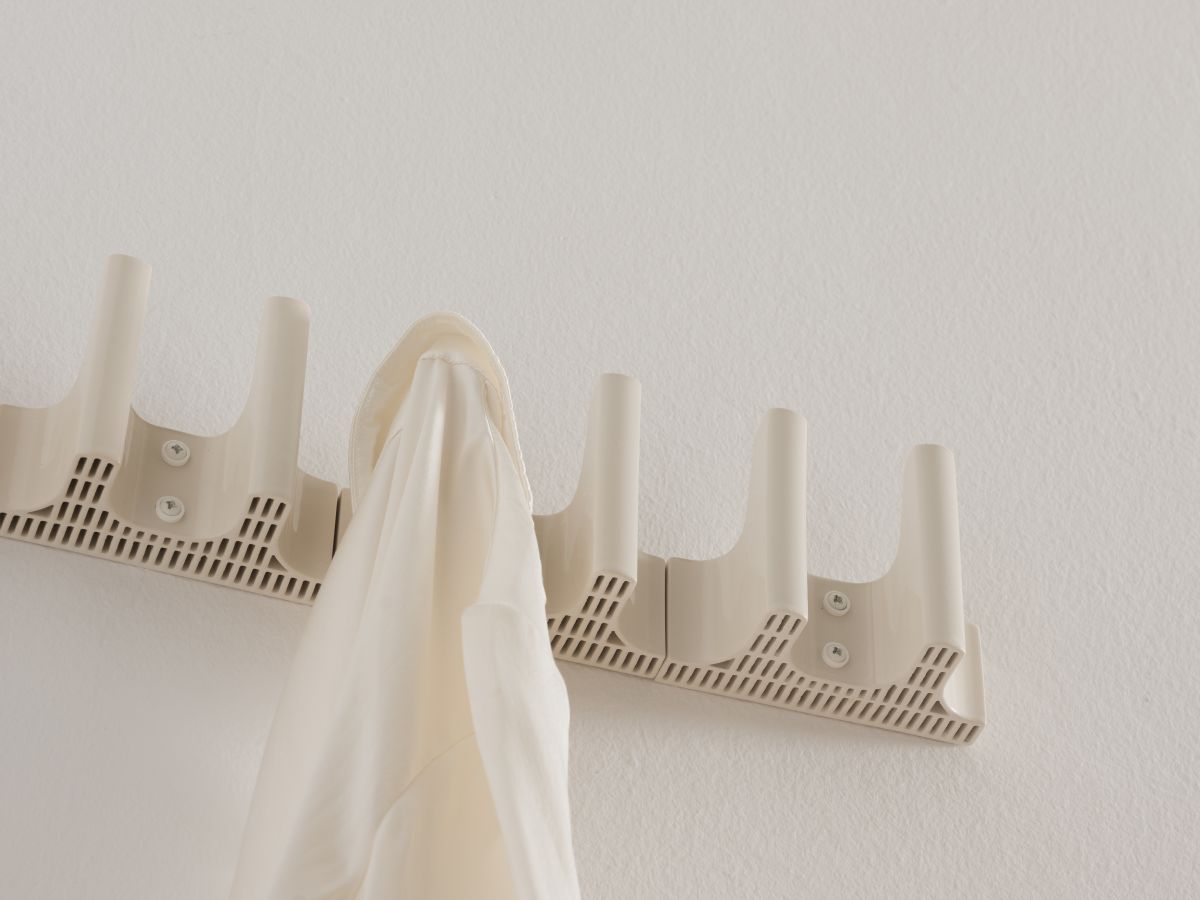Finding strength in fragility
Finding strength in fragility
A look at the extensive design process and “craftsman thinking” that went into transforming a delicate material into ceramic objects built to last a lifetime. By Monica Khemsurov

Xavier Mañosa, the designer and maker of Tiili Collection for Artek, has been extruding clay since he was 12 years old, when he was an after-school helper in his parents’ ceramics workshop in San Cugat, Spain. But once he grew up, went to school for industrial design, and took over the creative direction of the workshop, its output became more contemporary and complex. After reaching out to the Artek team, Mañosa spent more than five years developing his ceramic extrusions into a series of household objects for the brand that find simple beauty in a feat of structural engineering. I recently spoke with Mañosa about the staggering amount of research and development that went into the Tiili collection and its connection to the history of Artek.
Can you tell us the story of your family workshop and your connection to ceramics?
My father grew up in a village close to Barcelona, and he had a neighbor from Portugal who was a potter. My father asked if he could learn with him, and started joining him in his ceramics workshop. Eventually my father decided to start his own, making highly decorative objects — first with his brother, and then with my mother. I spent a lot of time in my family’s workshop growing up, and I started extruding at age 12. My grandmother made the hair for the kitsch figurines we sold, as well as the ceramic flowers for our jars and vases, all of which were cut from long, flat pieces of clay that I was in charge of extruding. I eventually studied industrial design, because I’d always been interested in drawing. Back then I wasn’t very interested in ceramics, or in the idea that someday I’d join the family business.
What ultimately led you back to it?
After I graduated, I moved to Berlin for 5 years and found myself making ceramic vessels and lamps, just because it was something I knew. I would go back to Barcelona every few months to use my parents’ workshop, and in 2007 I launched my studio, Apparatu. But it was a hard time for my parents, and they said “look Xavi, if you want to stay in Berlin, go for it, but if you want to use the workshop, think about coming back and joining us. If you don’t, we’re going to close the business”. So I left Berlin in 2008 and came home. I knew that moving forward, we should focus on one direction. So I said to my parents, we either go for the decorative work, or we do what I say. And they let me do it, which is unusual.
How did you start working with Artek, and how did the project develop?
I needed to display vases on a wall at an exhibition, and I couldn’t find any shelves I liked, so I decided to make my own brackets with extruded clay. Then I started extruding and bending more shapes until a table leg appeared too, which for me had a clear link to Alvar Aalto’s bentwood table legs. Artek saw the series and liked it, and suggested I also create something for them using extrusions. I was happy with the brackets and thought, why don’t we just make those? But they wanted something different, so I had to confront myself to make something new. I first worked with solid clay, until I realized it was too fragile. Clay wants to be organized, it wants to have a structure the same way bridges need structure — you remove material in order to make them lighter and stronger. I got the idea of the honeycomb from the structure of bricks, but on a smaller scale. Eventually I got to the idea of a vase, a candleholder, and a wall hook.
What was the process of creating them like?
There’s a huge culture of brickmaking in Spain, so I originally contacted local brick makers for help with my extrusion dies, but they didn’t know how to help. So we went to the internet, and learned how to make the die through pictures we saw, then used trial and error for five years to refine the process. I’ll always remember the day that the first die worked. By now we could write a small book about extrusion dies.
That’s interesting, because when you say you have a ceramics workshop, people have a romantic idea of an artist throwing pottery on a wheel, but here you’re acting as an industrial designer, an engineer, and a producer. Was the project a collaboration between your craftsman brain and your designer brain?
We are craftsmen. It’s not the number of pieces you do that define whether it’s industrial or craft. It’s how you think; how you go to sleep and wake up every day, what your process is. I learn through producing. So when I’m designing, I’m also thinking about what will make sense in the way I’ll execute the piece later. And what separates my process from most designers’ is that I can change things later, during production. With the extrusions I’m working on now, it requires a lot of thinking beforehand. The mind of the craftsman has to imagine what will happen next. You turn on the machine, and the pieces start to come out very fast. You have to orchestrate everything – the rhythm of the machine and all the tools you use to move the clay pieces and cut them. It’s not only about the skills of your hand, it’s about the skills in your head.


